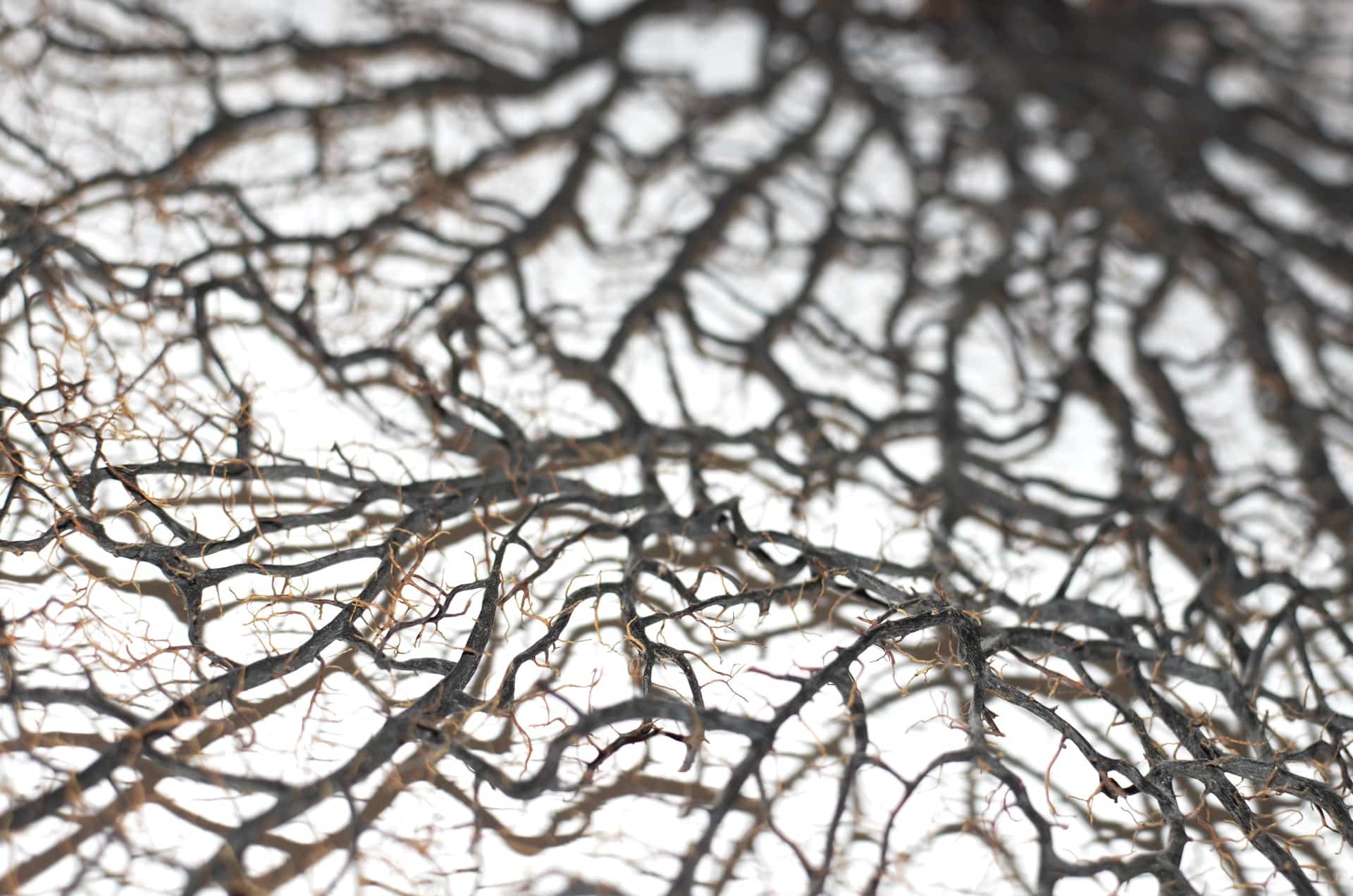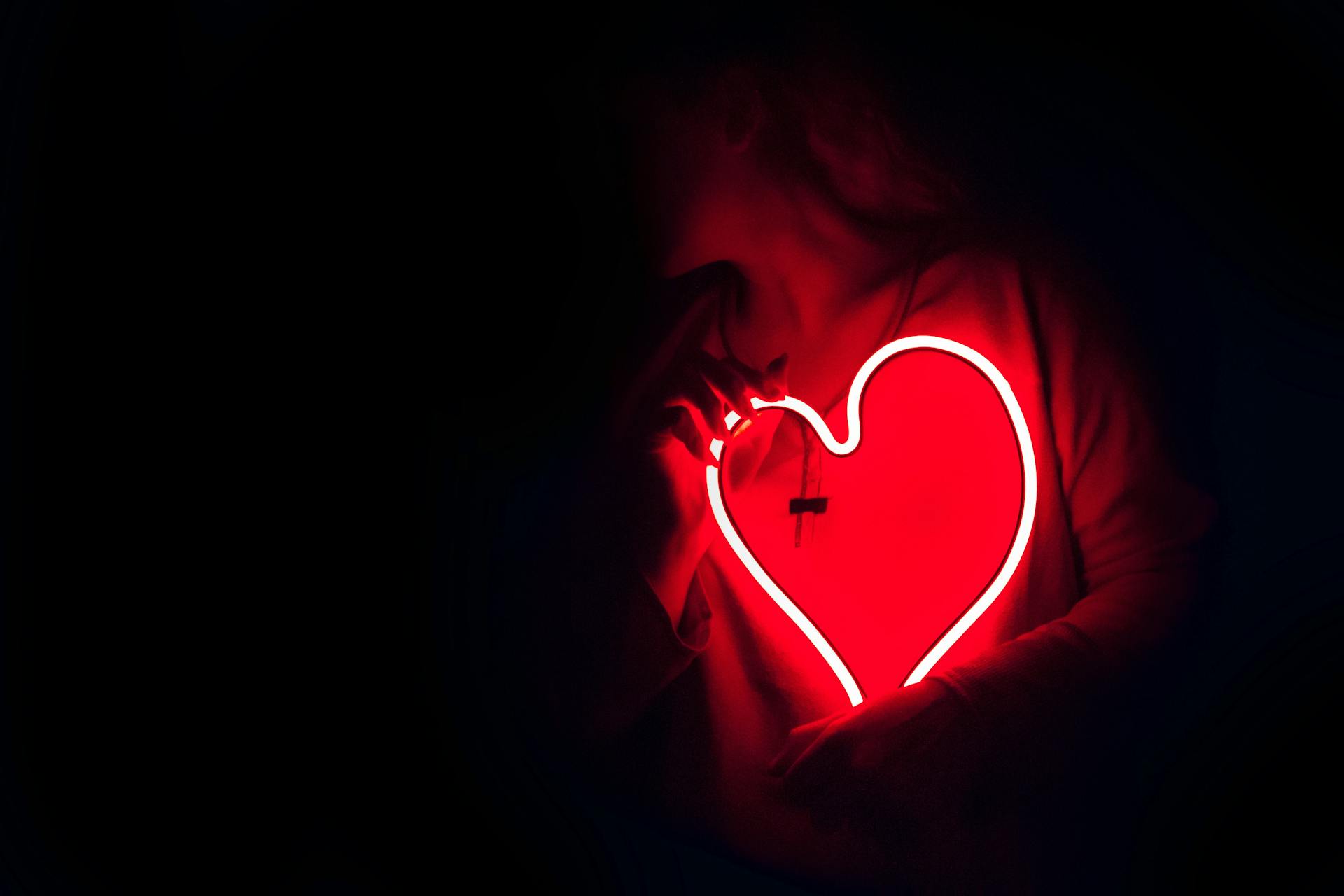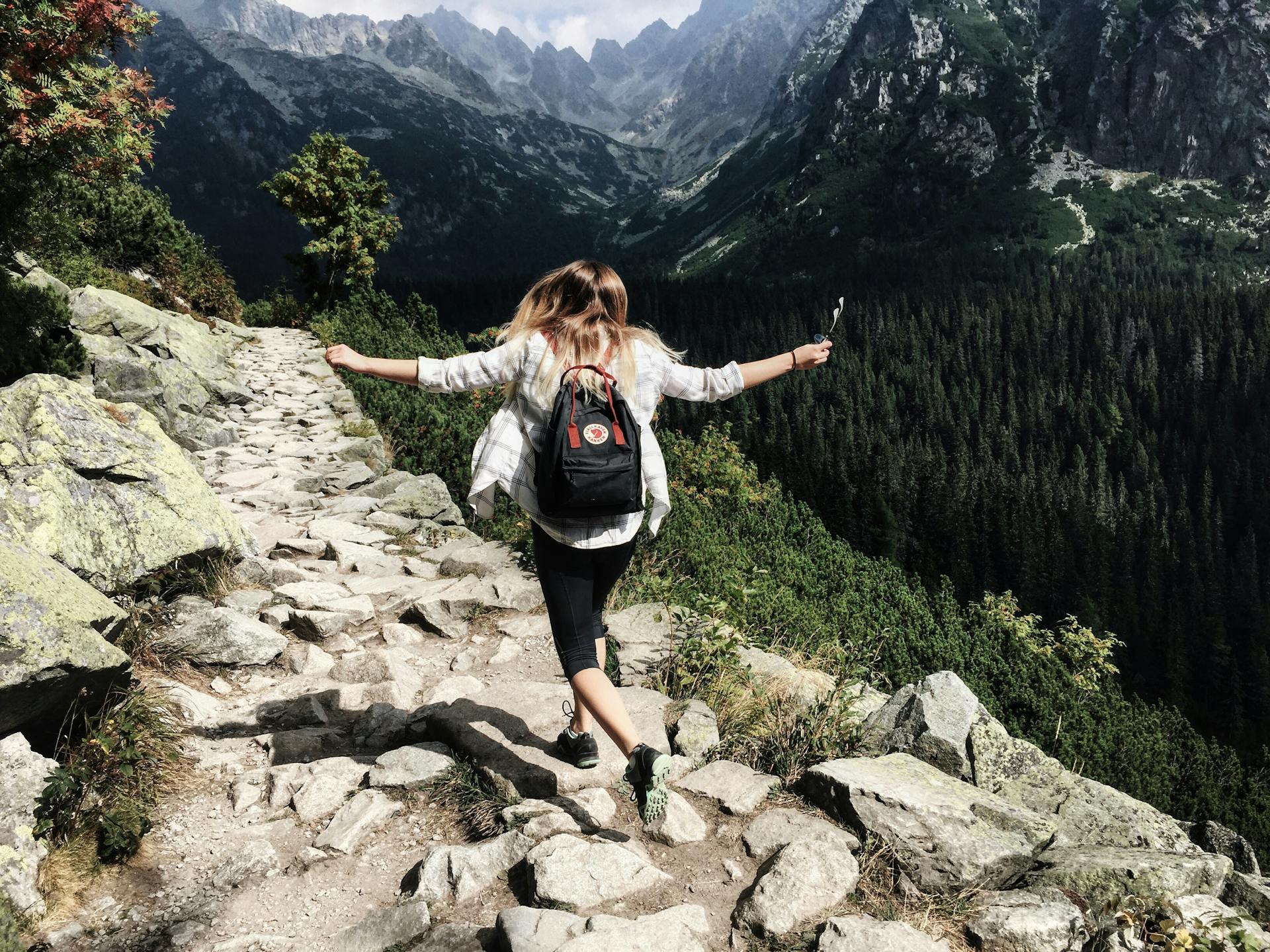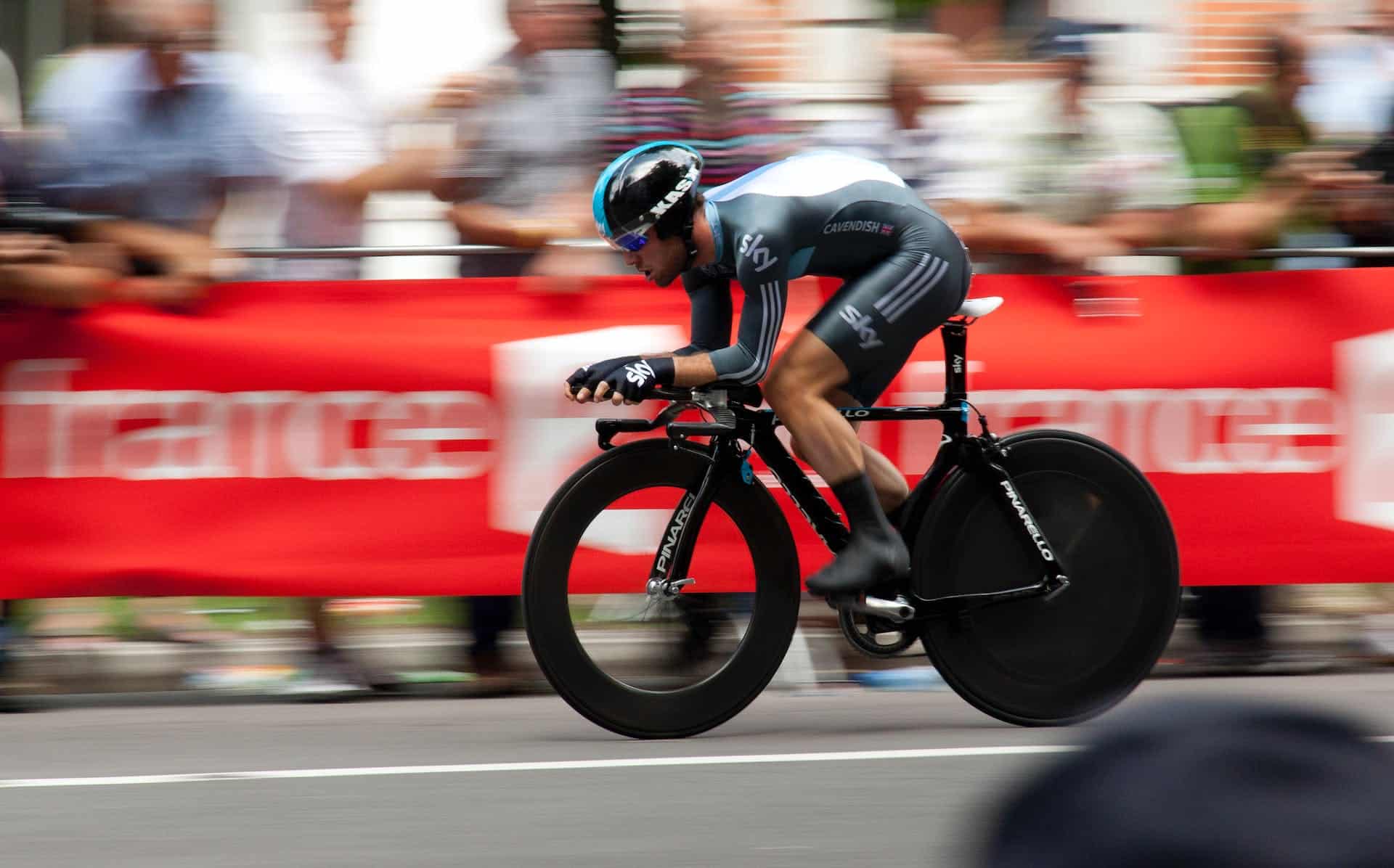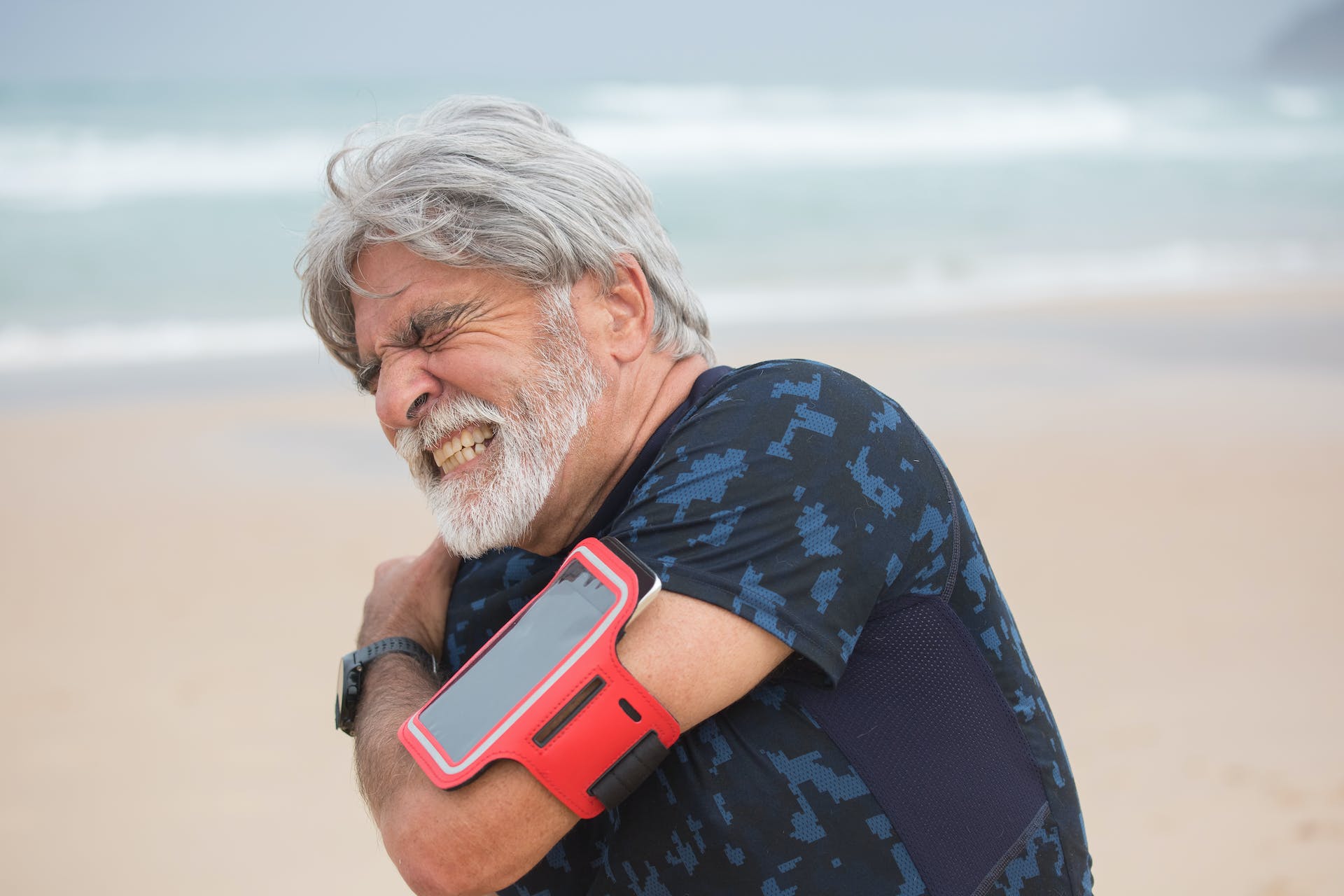By Dr. Dusan, MD
Your microcirculation and varicose veins are closely related and improving your blood circulation can help eliminate and even possibly prevent those unwanted and painful bulging dark veins.
Microcirculation
Microcirculation is the end of the cardiovascular system which is made of the heart and blood vessels (arteries, arterioles, veins, venules and capillaries). Microcirculation is the branching network of microvessels with diameters <20 µm that has a role in transporting and exchanging respiratory gases, nutrients, waste products, etc. These blood vessels also transport immune cells such as white blood cells (leukocytes) to the place of inflammation so our immune cells can fight microorganisms or sometimes even our own cells.1
This small in diameter, but large in surface blood vessels that are part of microcirculation have a few very important roles, such as maintaining peripheral vascular resistance, vascular capacitance and our blood pressure. As these end blood vessels have smooth muscles in their walls, they can narrow and wide and, in that way, maintain blood flow, regulate arterial blood pressure, and provide an exchange of nutrients and waste products.2
As changes in microcirculation can lead to disturbance in maintaining optimal arterial and venous pressure, these changes can sometimes be seen as varicose veins.
Varicose veins
Varicose veins are twisted, dilated veins that are most typically found in the legs, particularly shins. Although the specific cause is unknown, it is thought to involve genetic susceptibility, ineffective vein valves, weaker arterial walls, and higher intravenous pressure. Family history of venous disease, feminine sex, advanced age, chronically elevated intra-abdominal pressure due to obesity, pregnancy, chronic constipation, or a tumor and extended-standing are all the risk factors.3
Varicose veins cause a heavy, aching sensation in the legs, as well as itching or burning, which gets worse with prolonged standing. Infection, leg ulcers, stasis changes, and thrombosis are all possible consequences. External compression, lifestyle changes such as avoiding extended standing and straining, exercise, wearing non-restrictive clothes, modifying cardiovascular risk factors, and measures to minimize peripheral oedema are all conservative therapy choices.3
As mentioned above, there are several potential causes of varicose veins. However, if we go deeper into the mechanism of how varicose veins occur, we come to several molecules, such as hypoxia-induced factors – HIF responsible for many conditions and varicose veins among others.3
Hypoxia-inducible factors and varicose veins
Vein wall hypoxia due to stasis (slow blood flow) has been proposed a long time ago. The studies that measured oxygen wall tension in the veins have shown that oxygen levels were significantly lower in varicose veins compared to non-varicose veins. This implies that varicose veins are probably associated with hypoxia (low oxygen in the tissues).3
Diseases of the vein wall might lead to tissue hypoxia as a consequence of venous congestion and hypertension due to chronic venous failure. However, hypoxia, on the other hand, not only occurs as a consequence of vascular disorders, but also plays a role in the development of numerous blood vessel wall pathologies in the first place, such as atherosclerosis, aortic aneurysms, pulmonary artery stenosis, and chronic venous disease. Hypoxia of the vascular wall is considered to be produced by insufficient blood vessel wall oxygenation or increased cellular oxygen demand as a result of various stresses, such as shear stress and high hydrostatic pressure, or both.3,4
One of the main molecules that play a role in the varicose veins is hypoxia-inducible factors (HIFs). This is a nuclear transcriptional factor that is responsible for transcriptions of genes that have a role in mediating cellular response to altered oxygenation. The oxygen-regulated HIF-a subunit (HIF-1a and HIF-2a) is expressed constitutively in the nucleus, but HIF-b is not. HIF-1a is found in all nucleated cells, but HIF-2a is found only in a few cell types: vascular endothelial cells, renal interstitial cells, hepatocytes, cardiomyocytes, and astrocytes. In normoxia, however, low concentrations of HIF-1a and HIF-2a proteins are detectable in normal tissues. As oxygen concentration falls, HIF-a expression rises exponentially in numerous tissues.3,4,5
Hossein-Ghaderi et all. were the first to discover that varicose veins express more HIF-1a than non-varicose veins. HIF-1a and HIF-2a, as well as their target genes (glucose transporter-1, carbonic anhydrase-9, VEGF, and B-cell lymphoma 2/adenovirus E1B 19-kDa protein-interacting protein 3), were recently discovered to be increased in varicose veins compared to non-varicose veins. Mechanical stretch can also activate the HIF pathway in venous tissue, in addition to hypoxia.3
Symptoms of varicose veins
Varicose veins may or may not be painful. Varicose veins can be identified by the following symptoms:6
- Veins of a dark purple or blue color
- On the legs, veins that seem twisted and bulging, frequently resembling cords
When varicose veins cause pain, the following signs and symptoms may appear:6
- Legs that are achy or heavy to the touch
- Lower leg-burning, aching, muscle cramps, and edema
- Pain that gets worse after a lengthy period of sitting or standing
- Itching in or around one or more veins
- Varicose veins cause changes in skin pigmentation
Varicose veins are comparable to spider veins; however, spider veins are smaller. Spider veins are red or blue and are found closer to the skin’s surface.
Complications of varicose veins
Varicose vein complications can include the following:
- Ulcers – Near varicose veins, particularly near the ankles, painful ulcers can occur on the skin. Before an ulcer occurs, a discolored patch on the skin generally appears. If you suspect you’ve acquired a leg ulcer, see your doctor right away.
- Blood clots – Veins deep within the legs can occasionally expand, causing leg pain and edema. If you have prolonged leg pain or swelling, see a doctor since it could be an indication of a blood clot.
- Bleeding – Veins close to the skin can sometimes burst. Although minimal bleeding is frequently the result, it necessitates medical treatment.
Prevention of varicose veins
Increasing blood flow and muscle tone may lower the likelihood of varicose veins. The same precautions that are used to treat varicose veins can also be used to avoid them. Consider the following:
- High heels and tight hosiery should be avoided
- Changing your sitting or standing position regularly is a good idea
- Eating a low-salt, high-fiber diet
- Exercising
- When sitting or lying down, raise your legs
- Maintaining a healthy weight
References
- Guven, G., Hilty, M. P., & Ince, C. (2020). Microcirculation: physiology, pathophysiology, and clinical application. Blood Purification, 49(1-2), 143-150.
- Jackson, W. F. (2012). Microcirculation. In Muscle (pp. 1197-1206). Academic Press.
- Lim, C. S., Kiriakidis, S., Sandison, A., Paleolog, E. M., & Davies, A. H. (2013). Hypoxia-inducible factor pathway and diseases of the vascular wall. Journal of vascular surgery, 58(1), 219-230.
- London, N. J., & Nash, R. (2000). Varicose veins. BMJ, 320(7246), 1391-1394.
- Hashimoto, T., & Shibasaki, F. (2015). Hypoxia-inducible factor as an angiogenic master switch. Frontiers in pediatrics, 3, 33.
- Gawas, M., Bains, A., Janghu, S., Kamat, P., & Chawla, P. (2021). A Comprehensive Review on Varicose Veins: Preventive Measures and Different Treatments. Journal of the American College of Nutrition, 1-12.

